People

Nicolo Dell'Unto
Professor
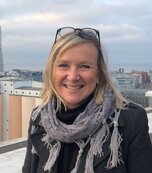
Åsa Berggren
Senior Lecturer, Director of Studies
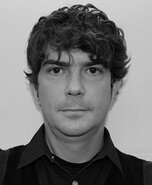
Giacomo Landeschi
Researcher, Research Engineer
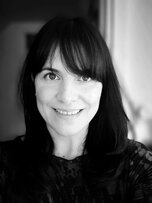
Paola Derudas
Researcher
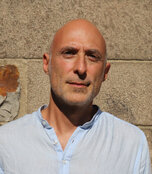
Danilo Marco Campanaro
Project Assistant, Researcher
Carolina Larsson
Systems Developer
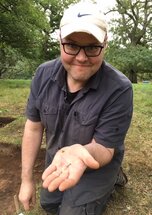
Fredrik Ekengren
Senior Lecturer
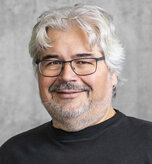
Stefan Lindgren
Research Engineer, Purchasing Coordinator
